This map shows new coronavirus cases by ZIP code reported over the last 10 days.
Vanderbilt Downgrades Numbers
Vanderbilt University researchers have downgraded COVID-19 numbers across the state in a new report that shows an improving situation here but does not account for the reopening of the state’s economy.
Three weeks ago, researchers with the school said the state’s virus situation remained “fragile and uncertain.” That report looked ahead at when (or if) the state would need to, once again, close its economy if spikes in the virus returned and hospitals got swamped.
The new report does not contain the words fragile or uncertain. Instead, it shows just how much the data and its model have changed since the first report in early April.
For one, the April report predicted the transmission rate (the number of people infected by one person) would reduce to 1.0 by mid-May. That number was reached — statewide, anyway — by mid-April. Current transmission rates in Memphis and Nashville hover around 1.0, according to the paper. All of this changed their predictions altogether.
MLK50 Sues the City

Wendi Thomas
The editor of local news organization MLK50: Justice Through Journalism is suing the city of Memphis for refusing to include her on its media advisory lists.
The complaint was filed in federal court Wednesday by attorneys for the Reporters Committee for Freedom of the press on behalf of Wendi Thomas, editor, publisher, and founder of MLK50.
The lawsuit alleges that the city, along with Memphis Mayor Jim Strickland and chief communications officer Ursula Madden, violated the U.S. and Tennessee constitutions by repeatedly denying Thomas’ requests to add her email address to the media advisory list.
MATA CEO Talks Money
The city’s proposed budget for the upcoming fiscal
year allocates $10 million less to the Memphis Area Transit Authority (MATA) than this year’s.
In Memphis Mayor Jim Strickland’s proposed budget, which he presented to the Memphis City Council earlier this month, MATA would get a little under $19.2 million in fiscal year 2021, down from this year’s amount of $29.2 million.
 Justin Fox Burks
Justin Fox Burks
However, Gary Rosenfeld, CEO of MATA, said he does not anticipate this affecting the agency’s ability to provide services over the next year, largely due to a substantial stimulus package from the federal government.
Under the federal CARES Act, MATA is slated to receive approximately $35.7 million in aid. Rosenfeld said the guidelines for spending CARES Act funds for transit is fairly liberal.
“This money is available and we will charge whatever we can legitimately charge to these accounts,” he said. “We should not see any type of degradation of service because of the city’s financial situation. We should be okay as long as we move cautiously and make sure every expenditure we want to use the stimulus package for is legitimate based on the rules and regulations.”
Graceland to Reopen
Graceland is reopening on Thursday, May 21st, and you won’t have to fight the crowds.

Like other attractions that are easing back into operation, there are changes that focus on social distancing, capacity, and health and safety guidelines. Mansion tours are being reduced to 25 percent capacity and restaurants will be at 50 percent capacity with outdoor patio seating available. The Elvis Presley’s Memphis exhibition complex will also limit the number of visitors.
Other changes include having Graceland employees wearing masks and guests being encouraged to wear masks. There will be temperature checks for guests and employees, enhanced cleaning and sanitization procedures, social distancing markers, hand sanitization stations, and touchless payment options.

The Horseshoe Casino, Tunica
Horseshoe Tunica to Resume Gaming
Horseshoe Tunica will resume gaming operations at 8 a.m. Thursday, May 21st. The casino will operate at 50 percent capacity in accordance with the Phase One Casino Reopening Guidelines issued by the Mississippi Gaming Commission.
Slot machine banks will be arranged to allow for social distancing, and table games will be offered with limited seating. Poker, the Sportsbook, Village Square Buffet, the Laurel Lounge, and the WSOP bar will remain closed until further notice. They are expected to reopen in phases according to public health authorities and consumer demand. A full list of the amenities that will be available is at Horseshoe Tunica’s website here.
Clock Tower Comes Down
The massive clock tower that straddled the trolley tracks on Civic Center Plaza is gone. It was demolished this week by crews making way for new developments Downtown.
This is the briefest of descriptions for the demolition given by officials in the city of Memphis website:
“Beginning Friday, May 8th, at 7 a.m., and lasting until Thursday, May 21st, Main Street between Poplar Avenue and Adams Avenue will be closed to traffic. The section of Main Street around the area of the [Memphis Area Transit Authority — MATA] clock tower will be fenced off to allow public works in association with MATA to demolish the structure.”
The tower had to go, specifically, to make way for the development of the Loews Hotel (below), which is to be built on Civic Center Plaza.

Vehicle traffic will run on Main Street right where the clock tower stood earlier this week, according to Robert Knecht, director of the city’s public works department, which is overseeing the Main Street project. You can sort of get the gist of the thing in this image:
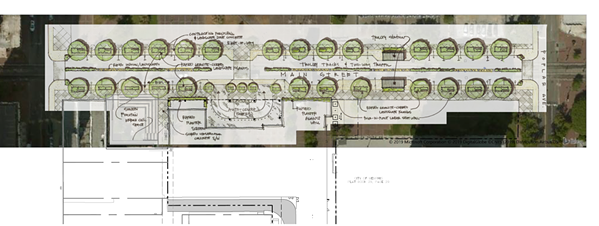
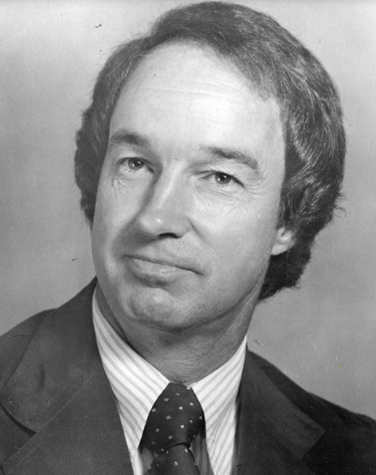
Pepper Rodgers Passes Away
Pepper Rodgers, who was head coach of the Memphis Showboats of the USFL in the mid-1980s, has died at age 88. A former football player, Rodgers also was head coach of the Canadian Football League’s expansion Memphis Mad Dogs in the mid-1990s.
He and his wife, Livingston, lived in Reston, Virginia.
Born in Atlanta, Rodgers was a quarterback and kicker for Georgia Tech. He was later the head coach at Kansas, UCLA, and Georgia Tech.
He’s the author of the 1985 novel, Fourth and Long Gone, and his autobiography, Pepper, which he wrote with Al Thorny.
Longtime friend Steve Ehrhart, AutoZone Liberty Bowl executive director, says, “He was one of the most creative and clever and ingenious people — not just a football coach. He was a very bright and intelligent guy. He always shook up the coaching world wherever he was.”
People Are Walking, Biking More

The number of people biking and walking here is higher than usual, according to new data from the city.
The city’s Bikeway and Pedestrian Program looked at data from nine automatic bicycle and pedestrian counters installed at different spots around the city that revealed a surge in activity, largely corresponding to the city’s Safer-At-Home order issued in late March.
The counters located in parks, along trails, and on city streets detect passing bikes and pedestrians to provide a total count of both modes or a combined count.
Survey Reveals Business Needs, Concerns

Businesses here are concerned about revenue, cash flow, and employee well-being, according to an ongoing survey conducted by the Greater Memphis Chamber.
The Chamber surveyed 600 businesses across the city to assess the impact that the COVID-19 outbreak is having on business and their arising needs.
The results include responses from surveys given between March 19th and 23rd, and then again between April 22nd and 27th.
There are 20 industries represented in the surveys, including manufacturing, real estate, restaurants, and entertainment. Of the 600 respondents, 55 percent indicated they were women-or-minority-owned businesses. Nearly three quarters of respondents estimated that their business is down year over year for February through April compared to the same time period last year, while 25 percent indicated business was about the same during those months. For the majority of affected businesses, or 20 percent, business is down between 11 and 20 percent.
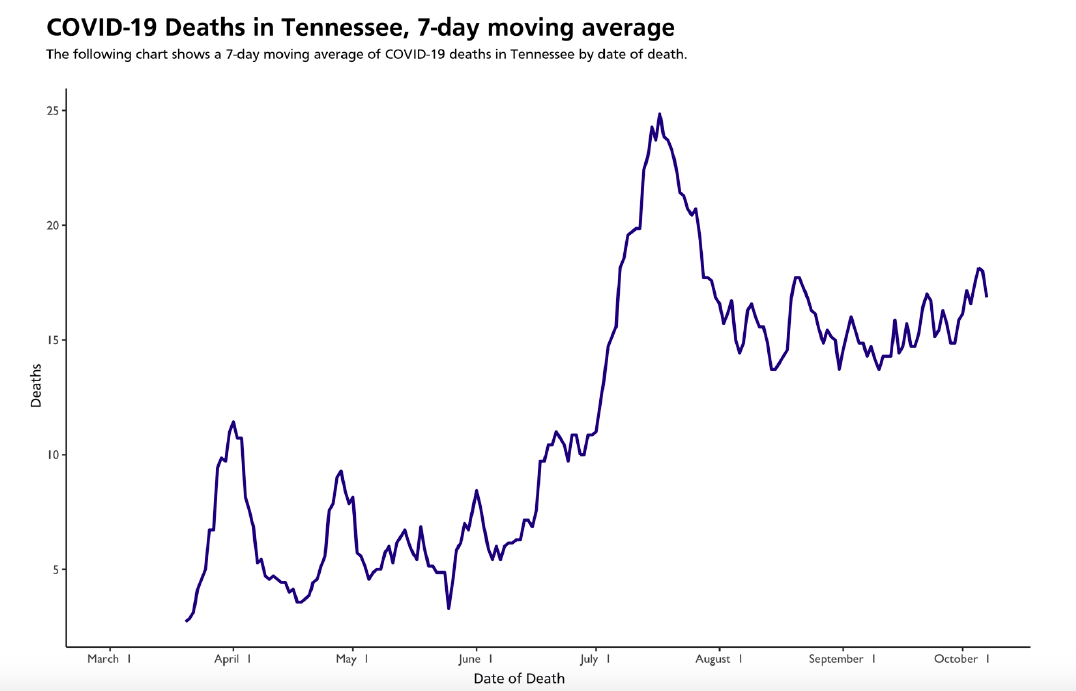 Vanderbilt Univeristy
Vanderbilt Univeristy 
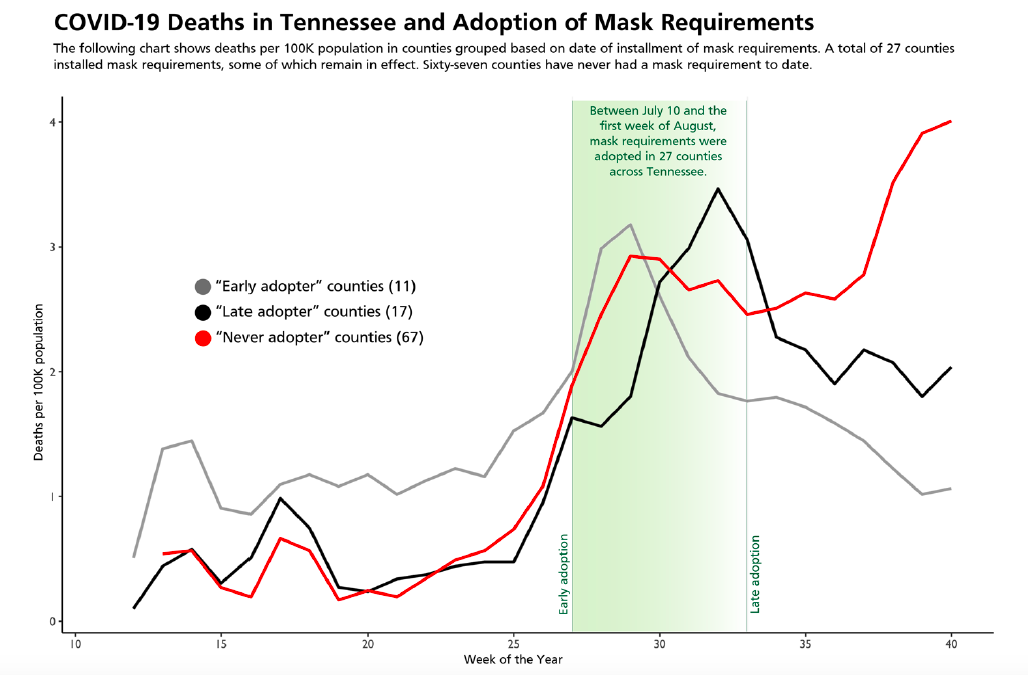 Vanderbilt Univeristy
Vanderbilt Univeristy 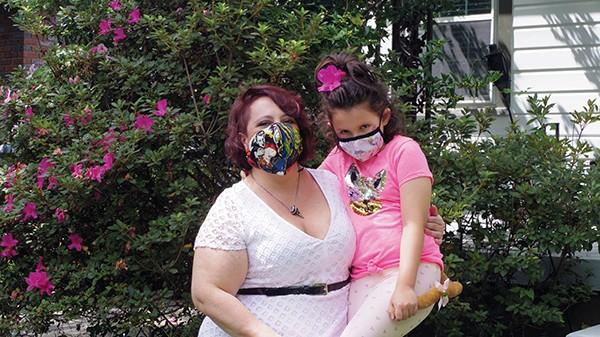 Jesse Davis
Jesse Davis  Courtesy Mbabazi House of Style
Courtesy Mbabazi House of Style 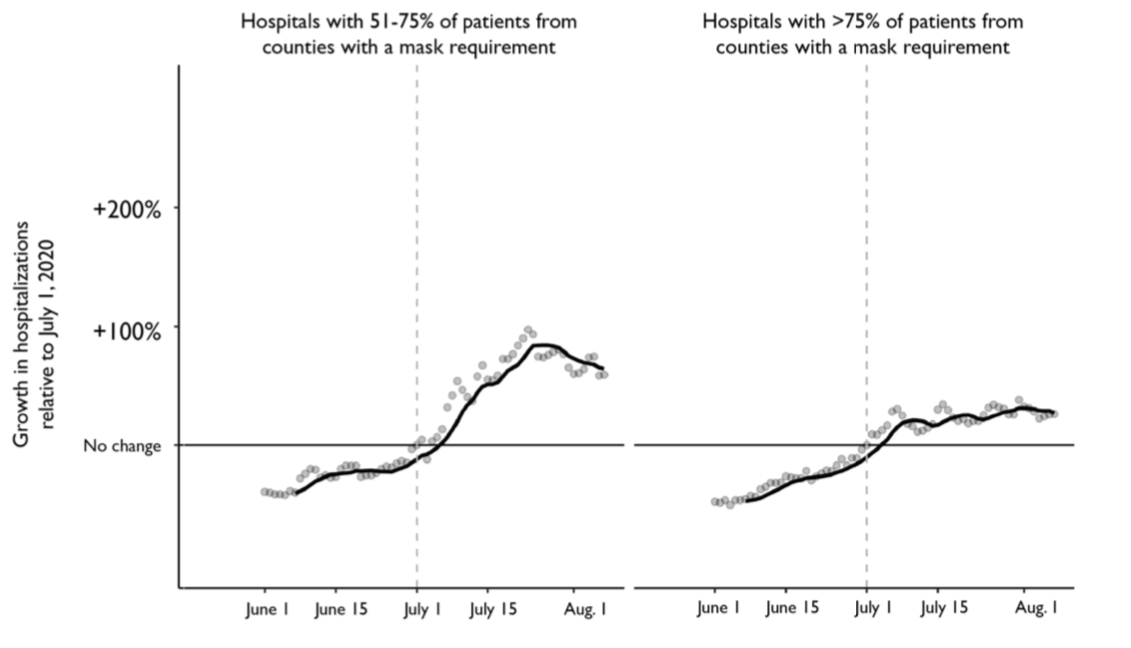 Vanderbilt University
Vanderbilt University 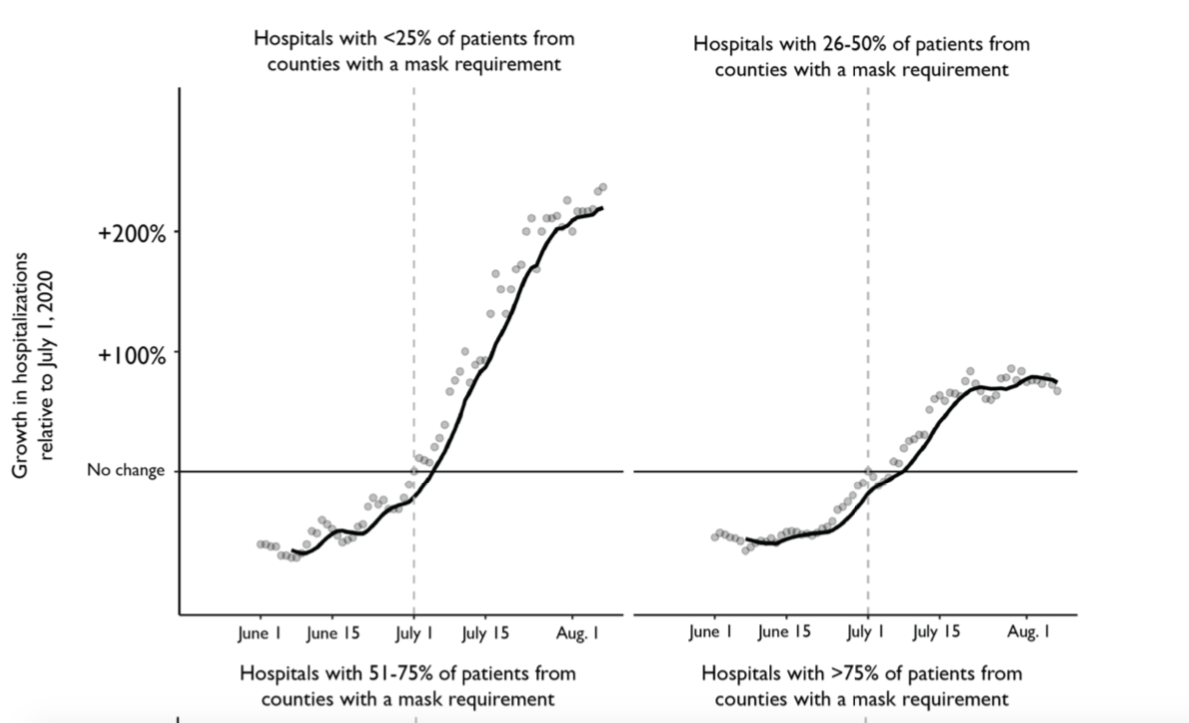 Vanderbilt University
Vanderbilt University  Vanderbilt University
Vanderbilt University  Vanderbilt University
Vanderbilt University 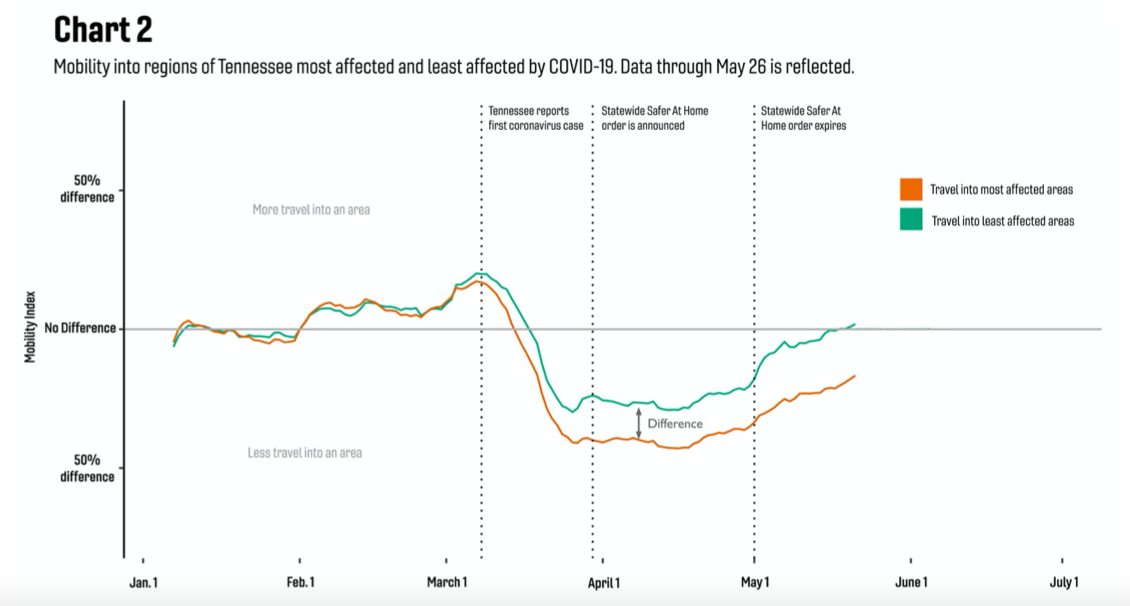 Vanderbilt University
Vanderbilt University  Vanderbilt University
Vanderbilt University 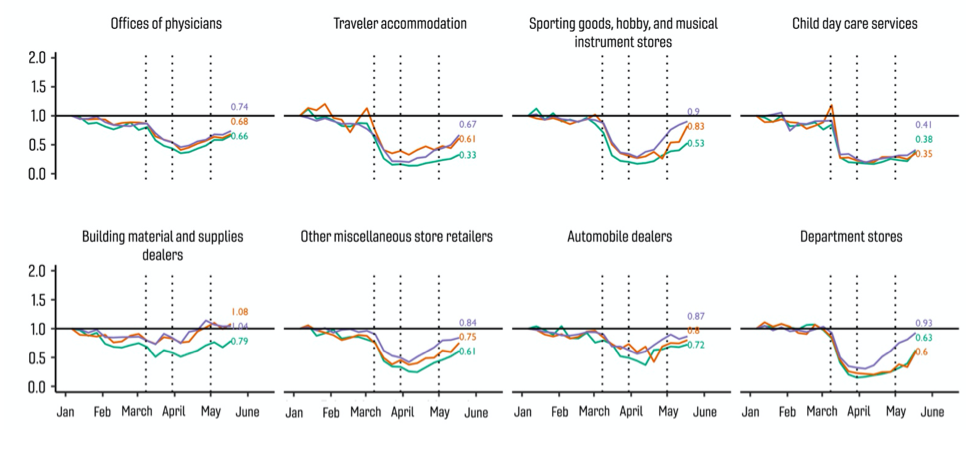 Vanderbilt University
Vanderbilt University 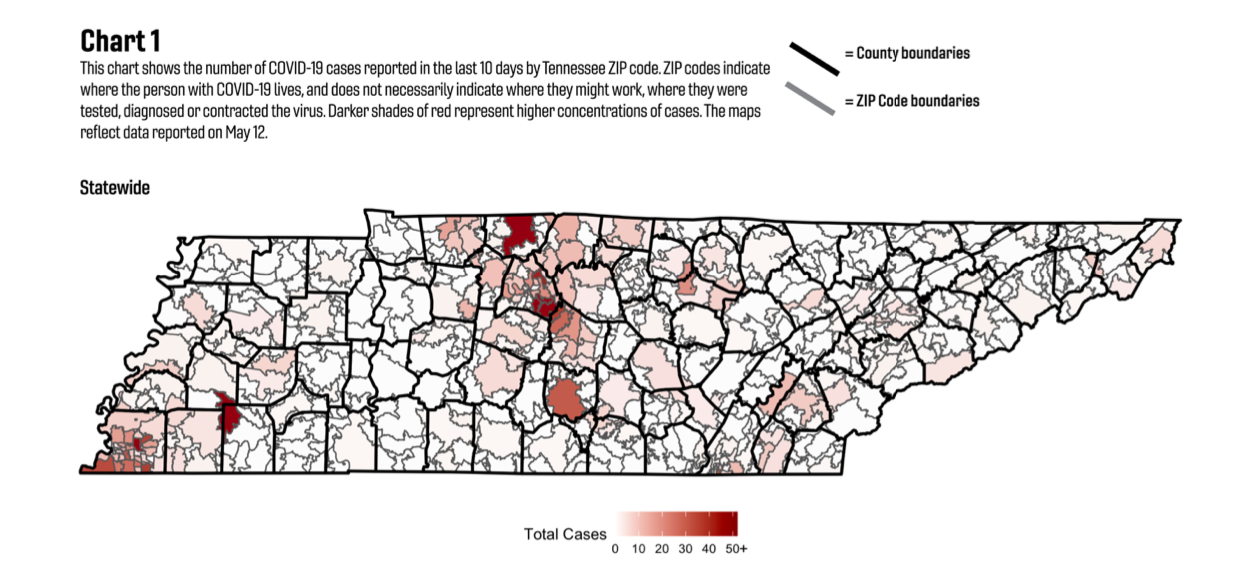 Vanderbilt University
Vanderbilt University 
 Justin Fox Burks
Justin Fox Burks 






 Vanderbilt University
Vanderbilt University  Vanderbilt University
Vanderbilt University 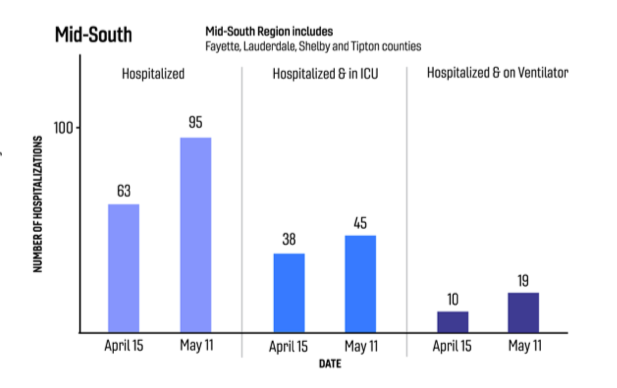 Vanderbilt University
Vanderbilt University 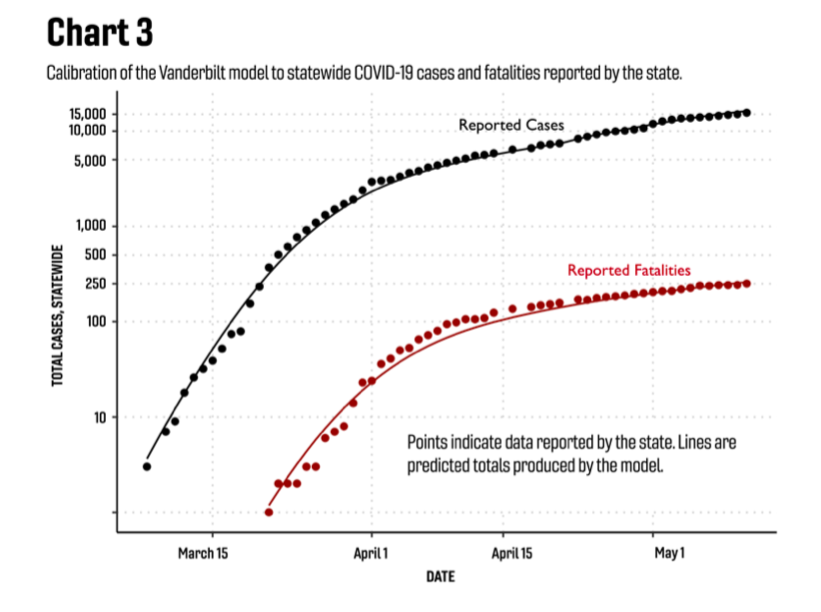 Vanderbilt University
Vanderbilt University 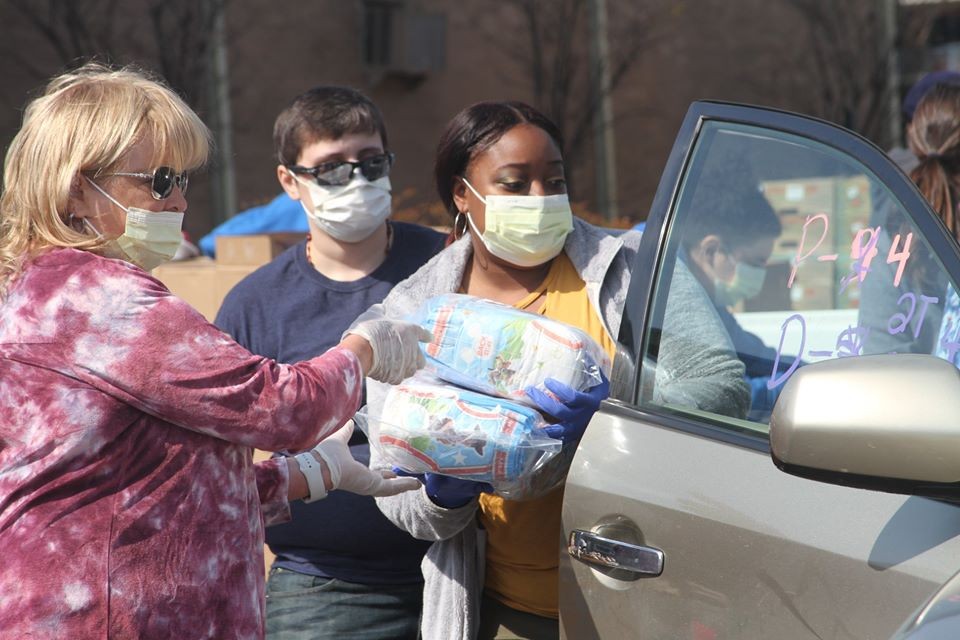 Facebook/Mid-South Food Bank
Facebook/Mid-South Food Bank 

 Facebook/Mid-South Food Bank
Facebook/Mid-South Food Bank 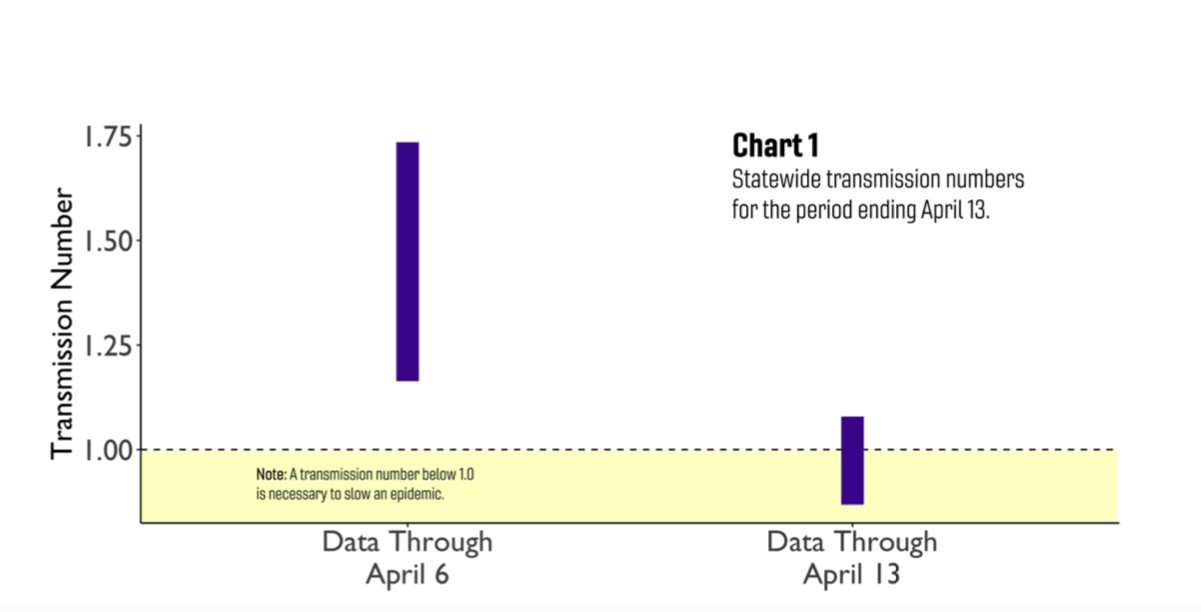

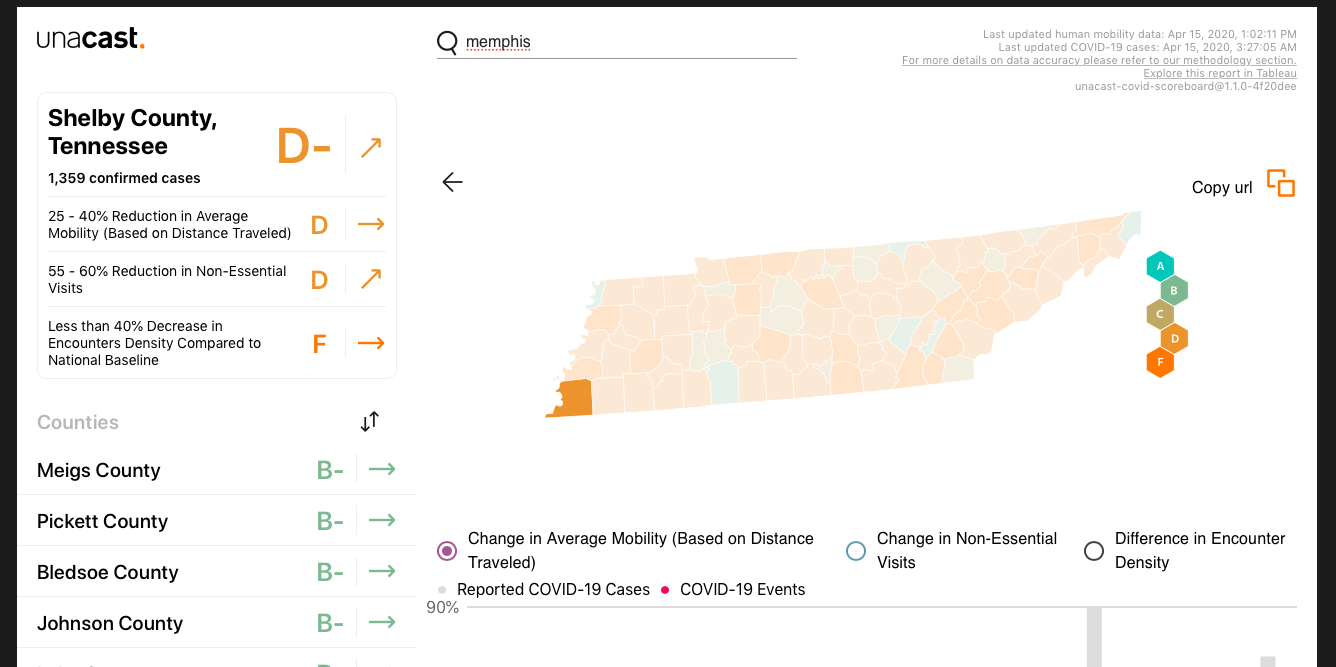 Unacast
Unacast 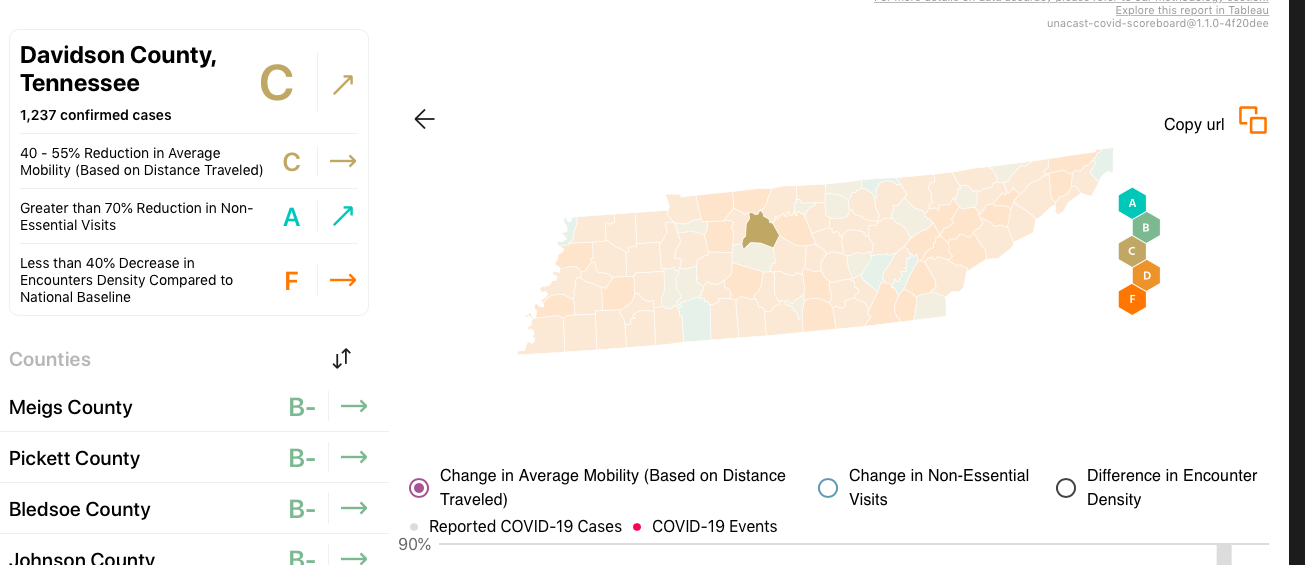 Unacast
Unacast 